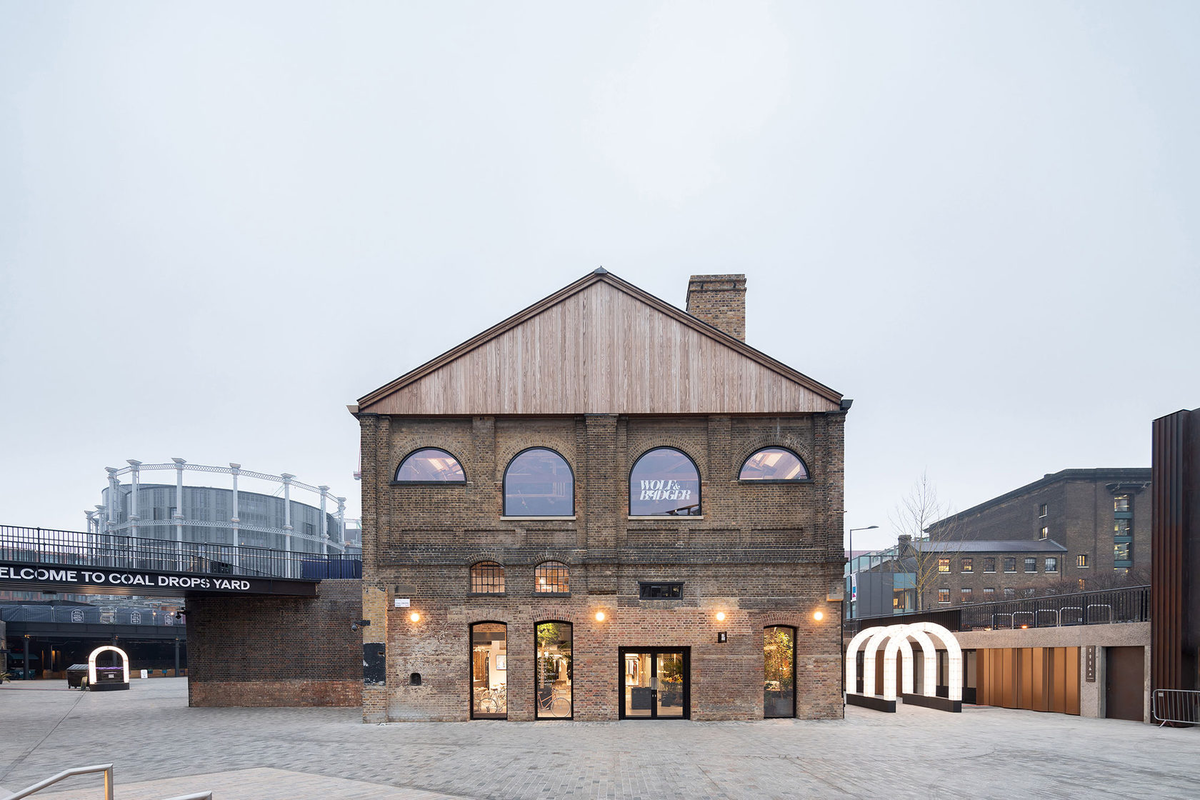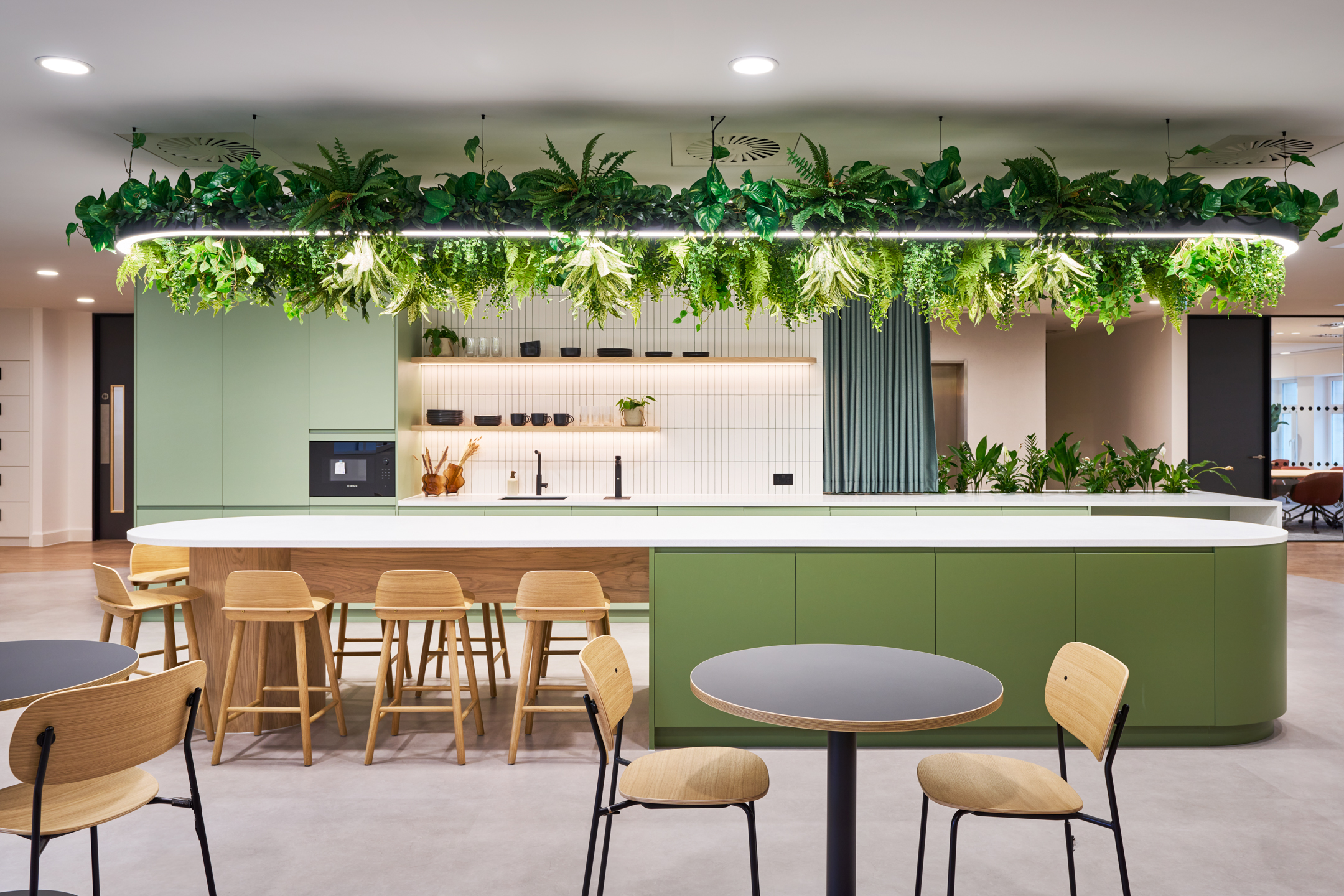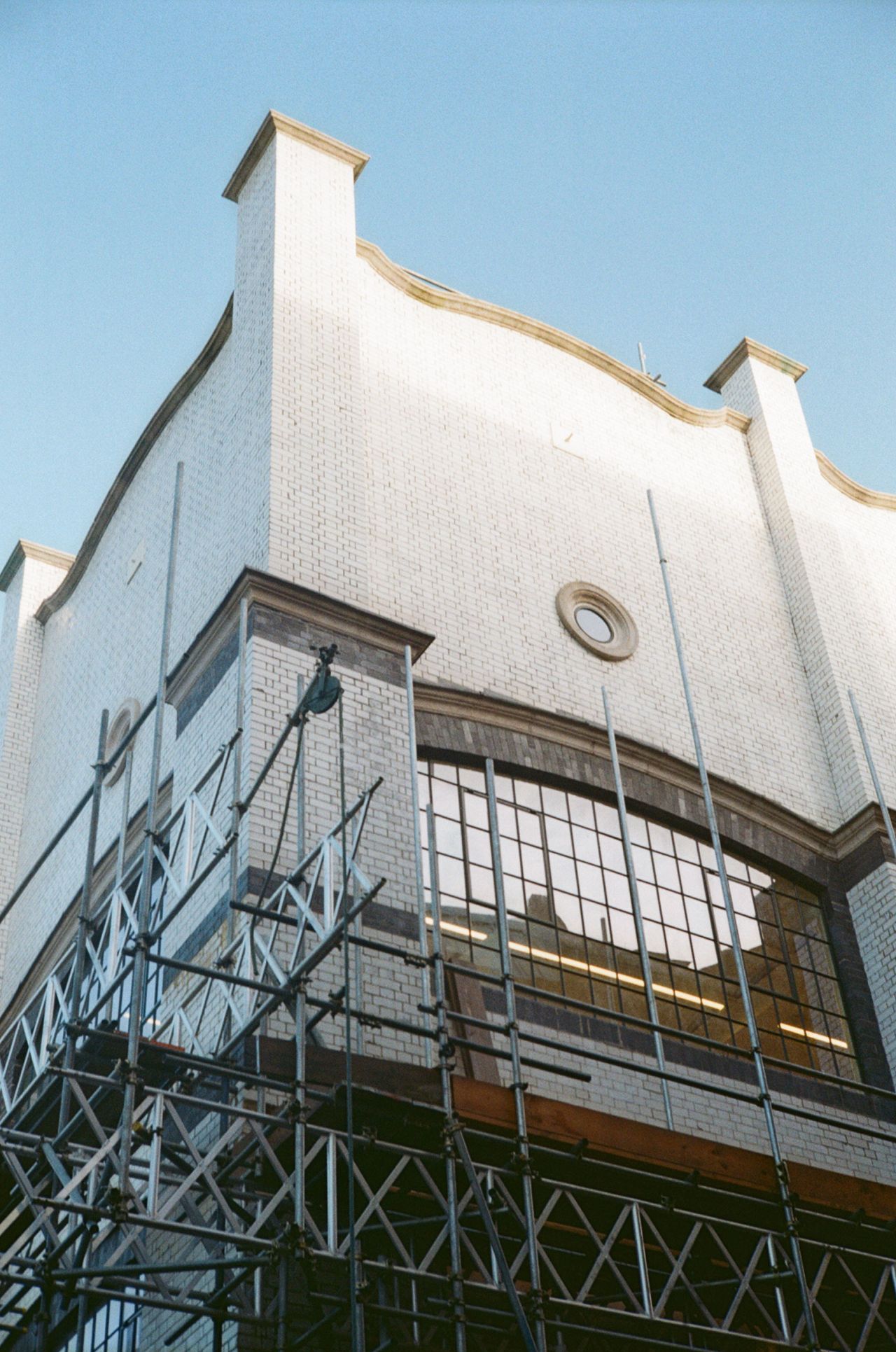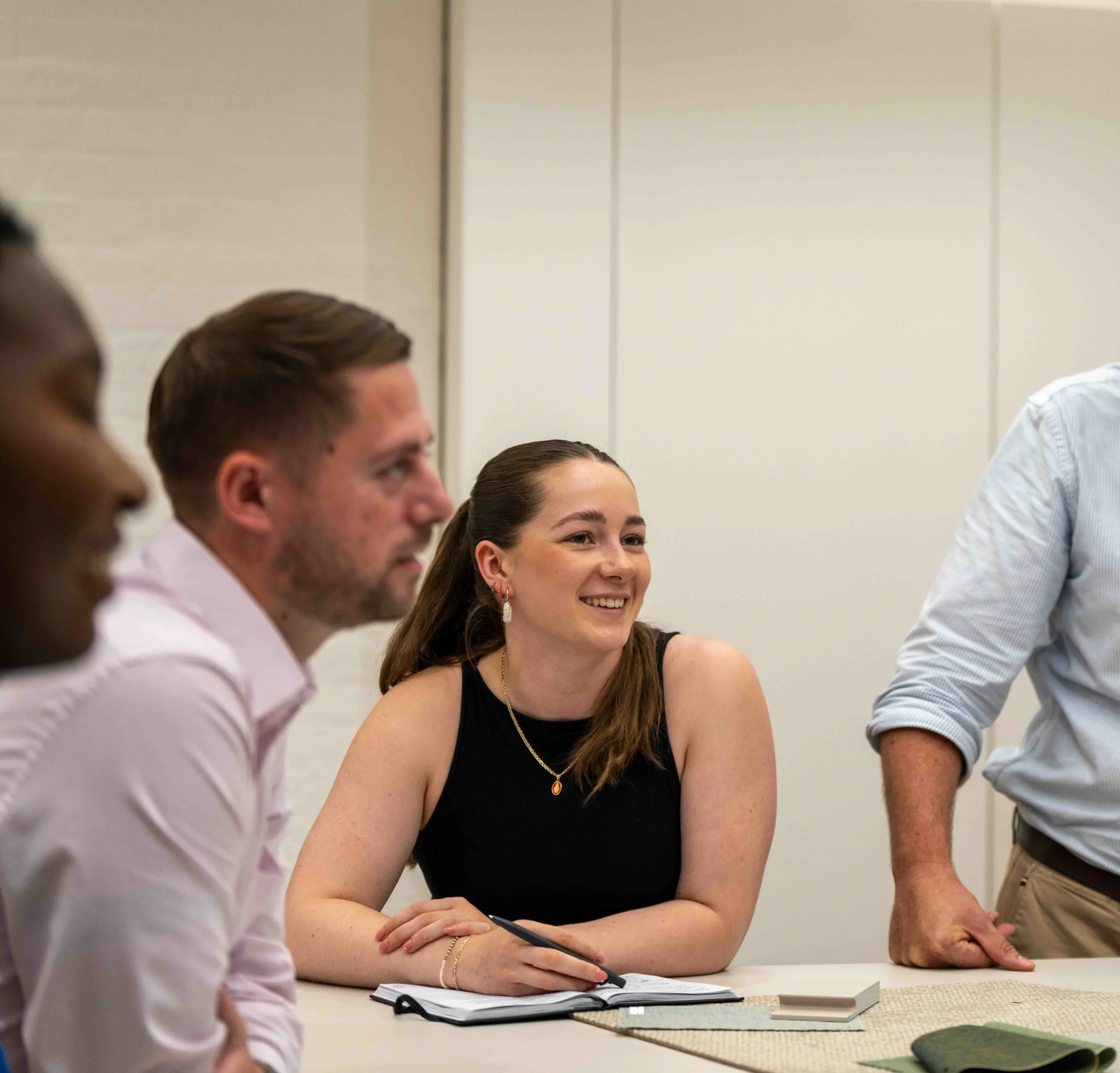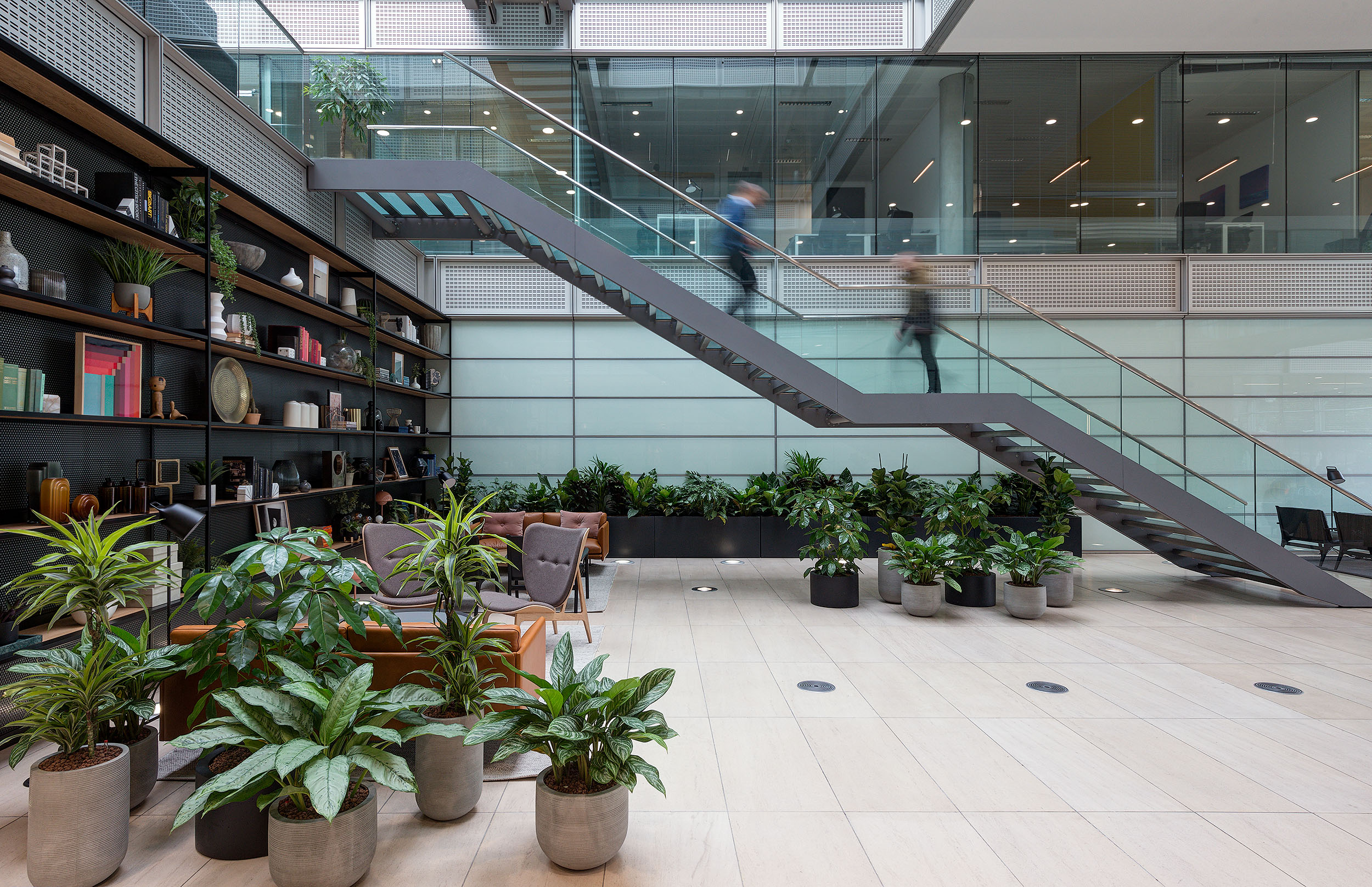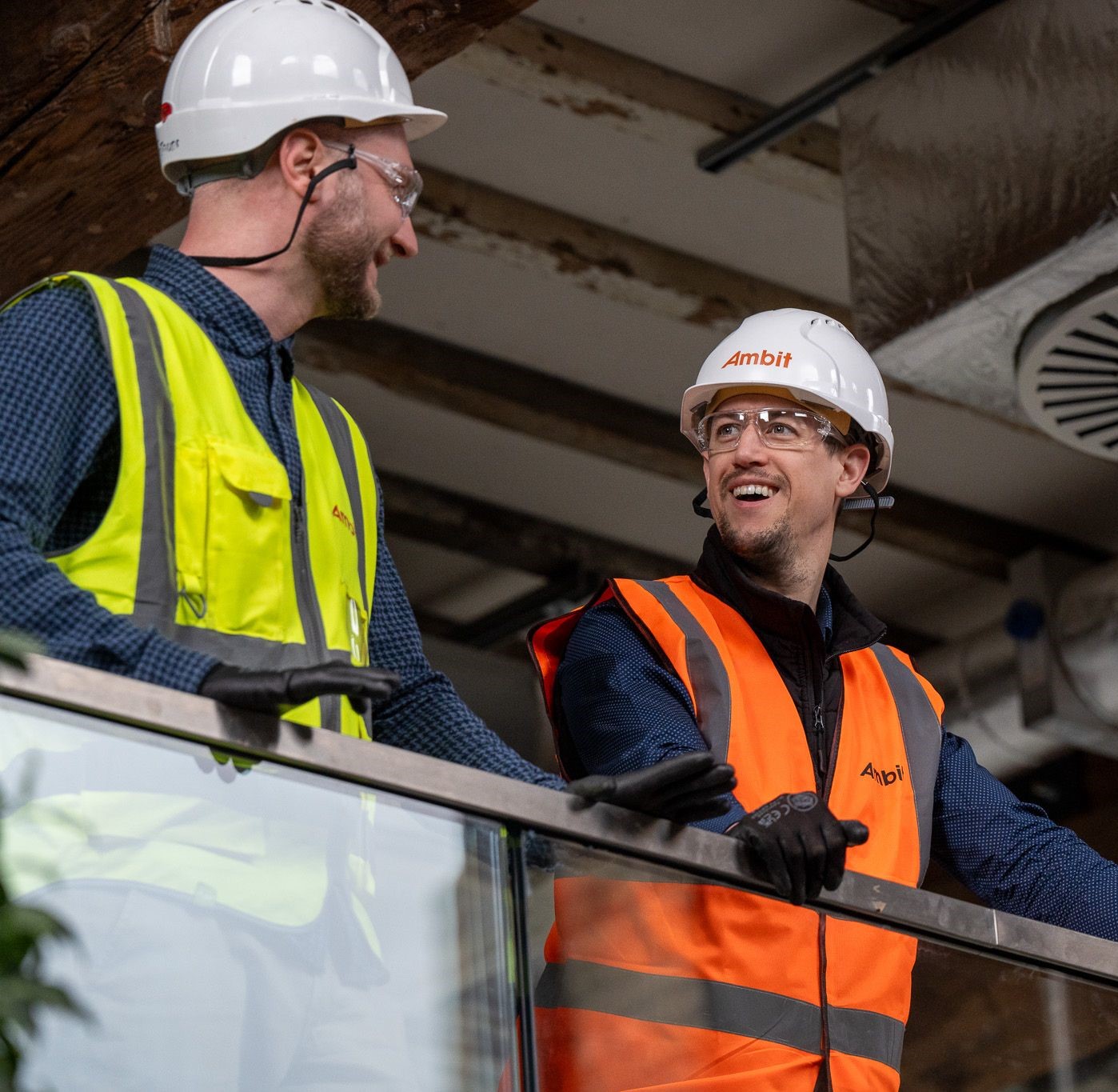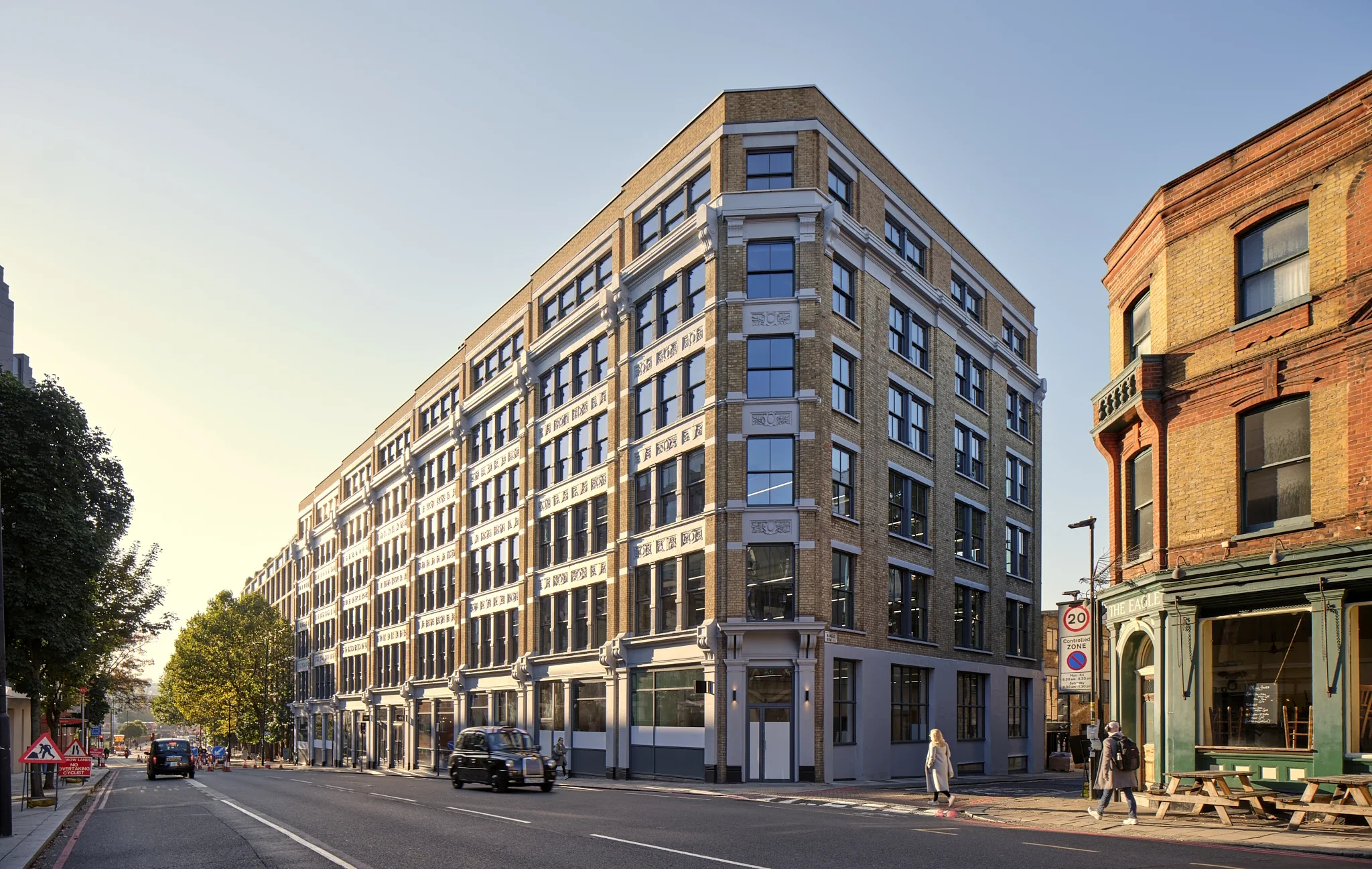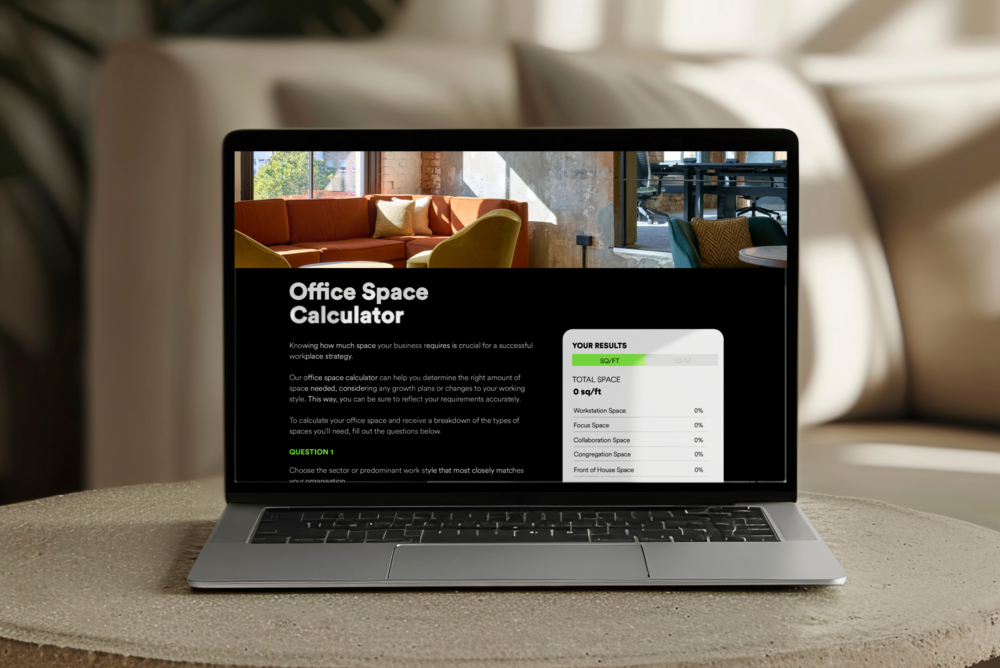The Waterman Wins Most Sustainable Project of the Year at the FIS Awards
We’re proud to share that The Waterman has won Most Sustainable Project of the Year at the 2025 FIS Contractors Awards, recognising the project’s ambitious approach to circular design, energy efficiency, and whole-life carbon performance.
Set within the Clerkenwell Green Conservation Area, The Waterman is an ambitious reimagining of four Victorian industrial warehouses, transformed into over 70,000 sq ft of workspace and retail. Developer BGO brought together Ambit and Fathom Architects to combine the buildings into a single workspace with character, extending the footprint, reducing carbon, and breathing new life into a historic part of London.
Going Beyond Business as Usual
Circular design principles led to the reuse of over 5,000 bricks, 2.3 tonnes of structural steel, and nearly 5,000 sqm of raised access flooring. Reclaimed glass was transformed into terrazzo countertops, vanity units, and signage, while cork flooring, net-zero carpets, and recycled acoustic panels reduced the embodied carbon of finishes. A biodiverse rooftop planted with wildflowers and fitted with wildlife boxes created new habitats and wellbeing benefits for occupants. Passive design strategies, including natural ventilation and daylight optimisation, helped eliminate mechanical systems and improve the building’s EPC to an A rating, all while preserving its Victorian heritage.
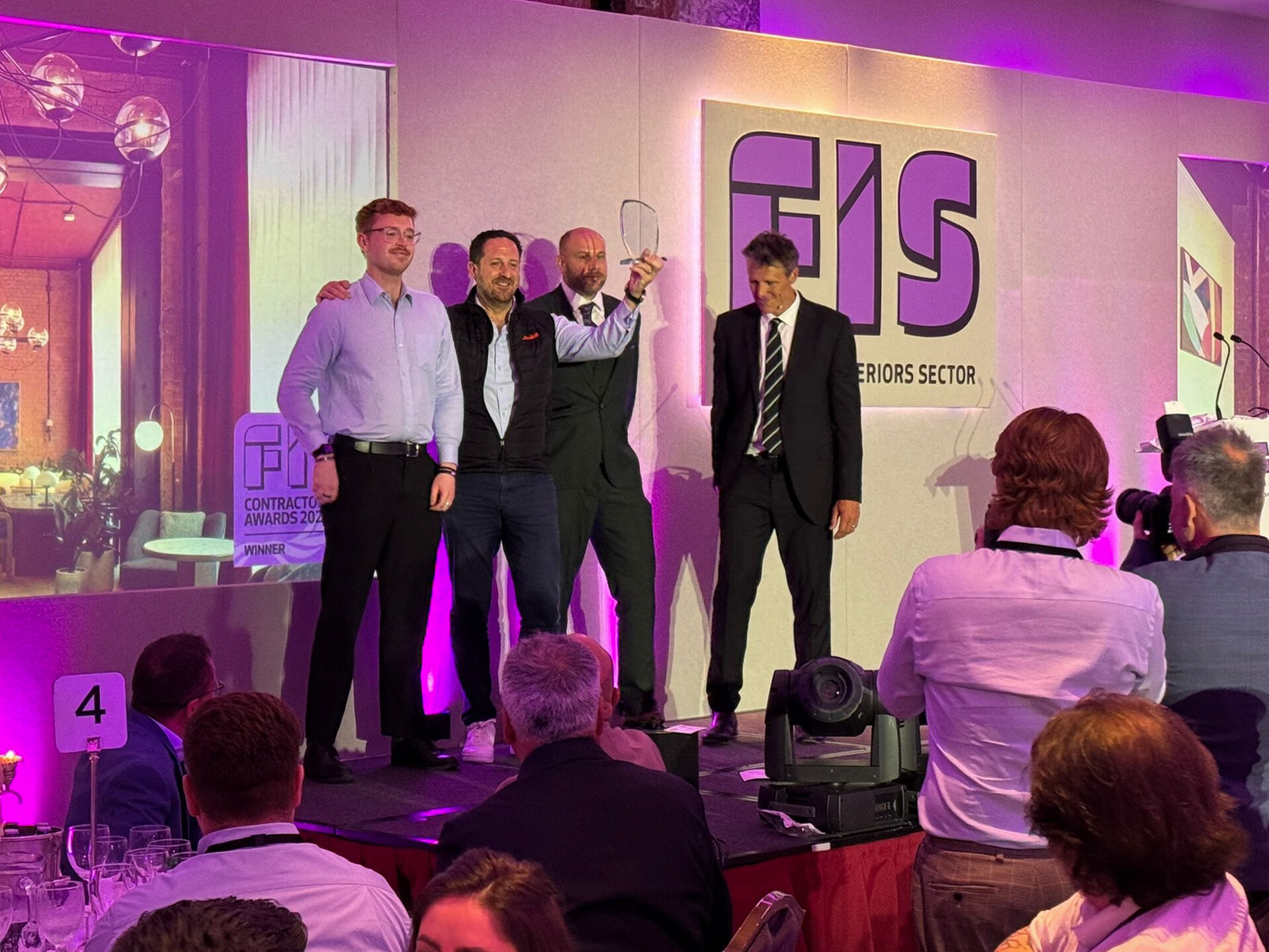
Transparent Performance Measurement
Sustainability outcomes were tracked using OneClick LCA software across all RIBA stages, including as-built reporting. This provided verifiable insights into carbon savings such as:
- 5,635kg CO₂ saved from reused steel
- 3,125kg CO₂ from reclaimed bricks
- 1,000kg CO₂ from repurposed glass
- 255,000kg CO₂ from reused raised floors
The results were benchmarked against RICS standards and supported by a Whole Life-Cycle Carbon (WLC) assessment.
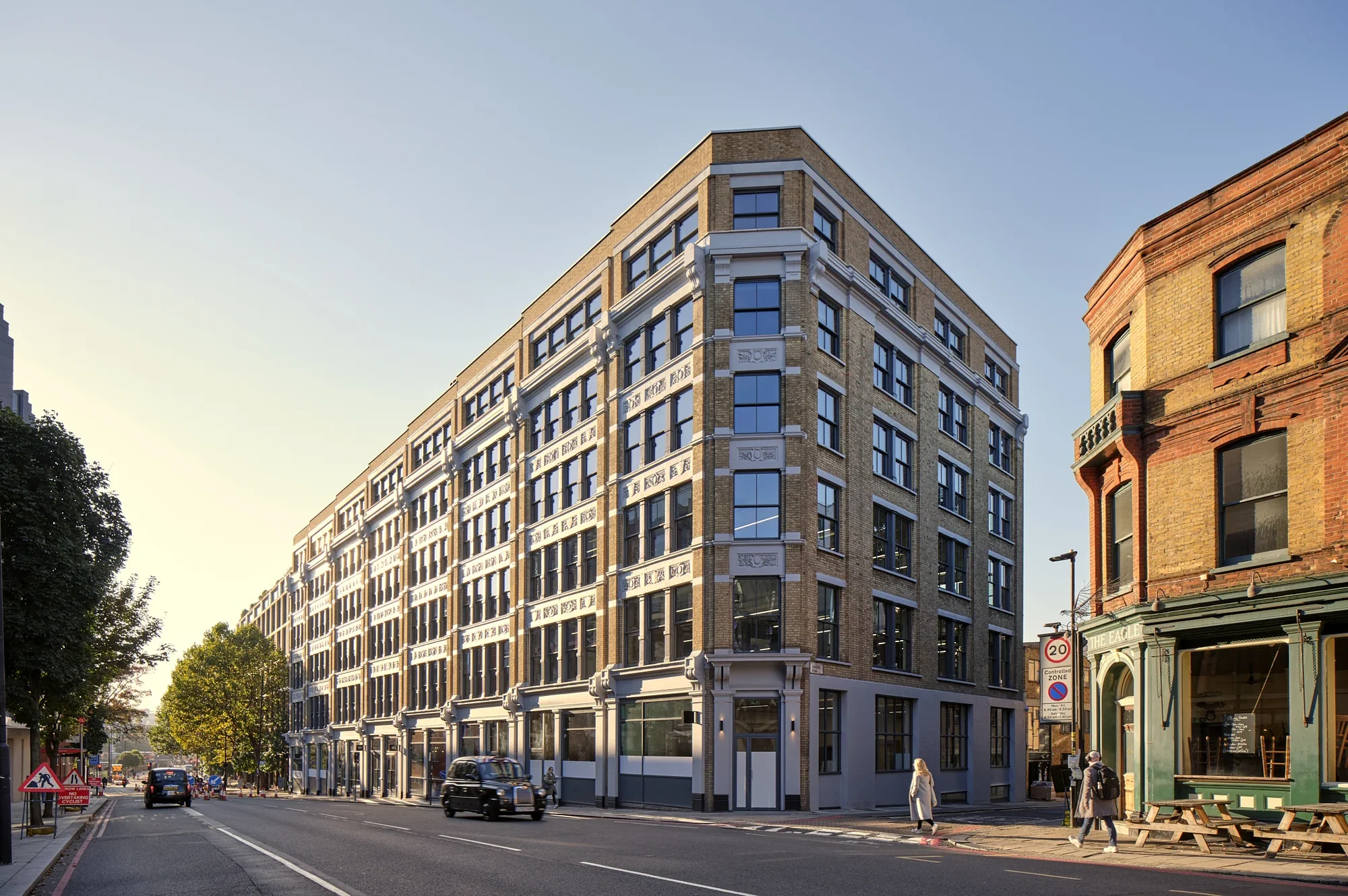
Delivering Results Through Collaboration
An on-site sustainability manager worked closely with the team to challenge conventional methods and refine material choices. Through this collaborative effort, sustainability was rooted in every decision, from repurposing temporary works steel into the final structure to replacing original specifications with low-carbon alternatives.
Lessons for the Future
The Waterman reaffirmed our belief that sustainability and design excellence go hand in hand. It strengthened our commitment to material reuse, passive performance strategies, and lifecycle carbon analysis. These principles are central to how we approach every project, not as exceptions, but as our standard for building better.

